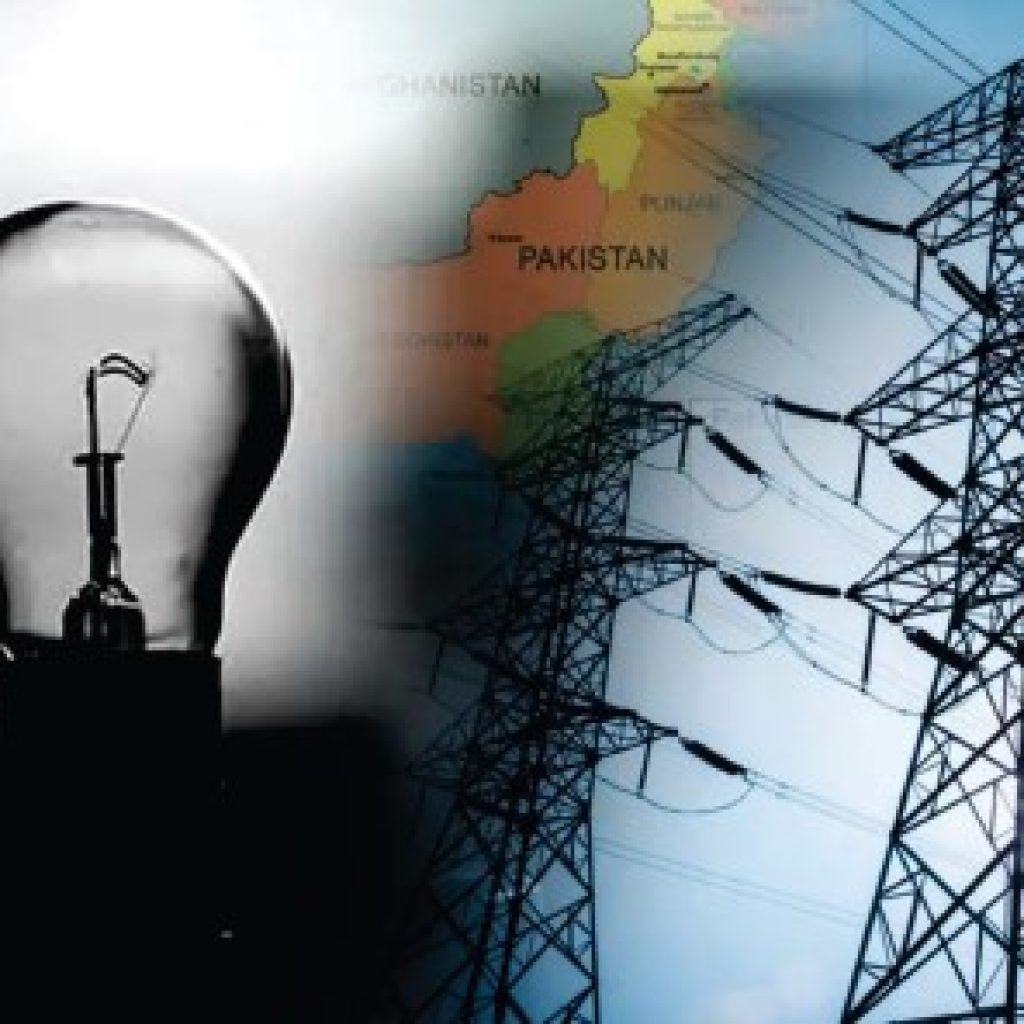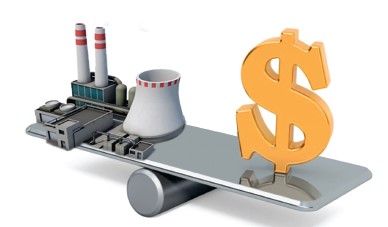Given the energy crisis and the dwindling foreign exchange reserves, coupled with the Pakistan Rupee reaching an all-time low against the USD, the government of Pakistan is facing challenges in
addressing the basic needs of the population. In such a setting, Pakistan views atomic energy as a practical option to meet the increasing energy demands.
Foreign trade reserves in Pakistan have dwindled due to the current financial emergency. Fears of default are driving policymakers to search for energy alternatives. Nuclear energy holds the potential to serve as a clean and cost-effective energy source, offering several advantages over conventional fossil fuels and renewable sources. Unlike coal and natural gas, nuclear power generation produces minimal carbon dioxide emissions.

Nuclear energy could serve as a feasible solution for Pakistan’s growing energy demands, particularly considering its commitment as a member of the Paris Climate Agreement and its vulnerability to the impacts of climate change.
Pakistan currently faces challenges in its transmission and distribution capacity, which stands at approximately 22,000MW. As a result, power outages occur during the hot summer months, leading to significant disruptions. Additionally, over 50 million individuals remain unconnected to the national power grid, lacking access to electricity. Another significant concern in Pakistan’s power sector is the cost of power production, which has been a persistent problem.
Pakistan has indeed witnessed several severe events resulting from climate change in the past two decades, including devastating droughts, destructive floods in 2010 and 2018. The recent havoc caused by monsoon rains led to the loss of 1400 lives and displacement of 33 million people. What alternative does Pakistan gets to reduce the approaching dangers postured by climate change
and maintains its natural conditions by utilising clean energy?
Will the routine procedures be satisfactory to meet the nation’s energy needs? Utilisation of atomic energy can provide the solution to these challenges. Pakistan has successfully utilised atomic energy for peaceful purposes, establishing itself as a reliable and proven venture in the global arena. Currently, the country operates six Nuclear Power Plants (NPPs) that effectively generate power for public consumption, demonstrating their operational efficiency.
There are predictions that in the near future, the frequency of climate-related disasters will increase. The impact this will have on the environment is directly linked to the country’s overall national security.

In December 2022 alone, Pakistan’s nuclear power reactors accounted for 27% of the country’s total energy needs. The cost of generating this energy was equivalent to half a US penny. Furthermore, nuclear power plants produced 2284.8 GWh in December 2022, establishing them as one of the top energy producers, followed by hydroelectric, coal-based power, natural gas, and re-gasified liquefied natural gas (RLNG).
Pakistan continues to struggle to meet the energy demands of its population due to its total dependence on hydroelectric and fossil fuel energy since achieving independence. These energy production methods are more susceptible to climate change disasters and have their own focal points and impediments. In hindsight, nuclear power plants, when operated in accordance with proper
security guidelines and regulations, provide a secure source of energy.
According to the US Department of Energy, atomic energy is deemed the most secure method of power generation. It is referred to as a zero-emission source of clean energy, providing the highest level of environmental and societal benefits. In 2022, the US avoided over 471 metric tons of carbon emissions by relying on nuclear energy. This highlights that nuclear energy is a dependable and reliable source of power that States can benefit from, and Pakistan is no exception.
Meanwhile, Pakistan has seen a significant increase of +25 points in its overall score for the security and safety of its nuclear facilities. This achievement places the country as having the second-largest improvement since the introduction of the Nuclear Threat Initiative (NTI) Index in 2012. Pakistan has greatly benefited from its energy generation needs, which partially accounts for this improvement. As a result, the country’s nuclear power reactors have substantially reduced the amount of fuel that needs to be imported, leading to estimated savings of $6785.7 million when compared to coal, RFO (Residual Fuel Oil), and RLNG (Re-gasified Liquefied Natural Gas).
Atomic energy generation is superior suited to Pakistan’s needs due to its most noteworthy comes about in ecologically inviting, clean, and reasonable energy era. Since common fiascos are
wreaking destruction on the planet and costing valuable lives as well as common territories, Pakistan isn’t an special case. A feasible and common sense choice must be depended upon to supply the nation’s energy needs. Atomic energy generation is well-suited to Pakistan’s needs due to its impressive results in environmentally friendly, clean, and sustainable energy production. With natural disasters causing significant damage worldwide and taking a toll on lives and ecosystems, Pakistan is not exempt from these challenges. It is essential to rely on a feasible and practical solution to meet the country’s energy needs.
To address the impacts of climate change while meeting the energy needs of its population, it is crucial for the country to place greater emphasis on nuclear energy generation.






